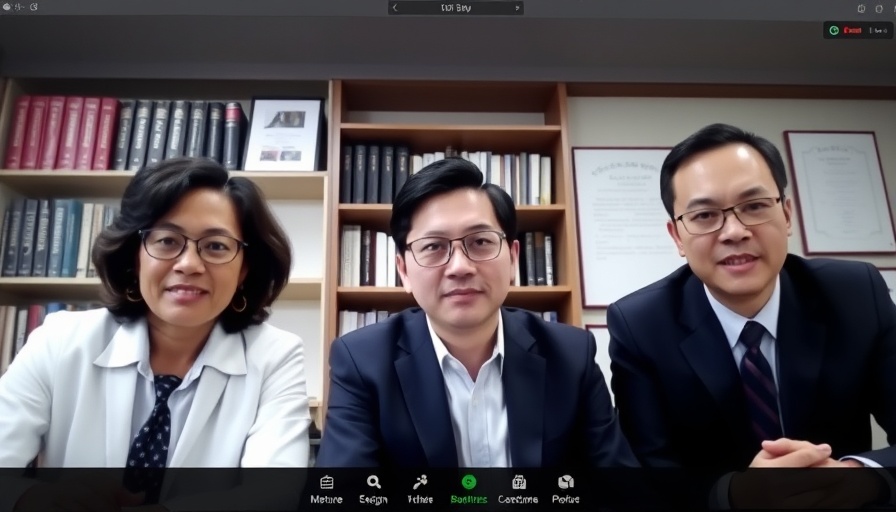
Understanding the Language Barrier in Patient Care
In an increasingly complex healthcare environment, communication styles can make or break the connection between practitioners and patients. Insular language and jargon may serve as shortcuts for healthcare professionals, but for patients, this insider terminology often creates barriers rather than bridges. As an insider, it’s easy to forget that patients aren't familiar with industry-specific terms, abbreviations, or acronyms. This disconnect can lead to frustration and confusion, with patients feeling sidelined rather than welcomed in their own healthcare journeys.
Hospitality vs. Process: A Fundamental Shift
The emphasis on hospitality in healthcare is one that cannot be overstated. Editor circles paint a beautiful picture that goes beyond simple operations; instead, we must strive to provide genuine care. Terminology like "appointment intake" can come off as transactional, which might prompt patients to feel like just another entry in the system. To turn this trend around, practitioners need to reflect on their language and fully embrace a model that strips away jargon, prioritizing clarity and humanity instead. As a mentor once suggested, “Confusion in the office space means confusion in the marketplace” — let’s ensure that every interaction enhances, rather than confuses, the patient experience.
The Implications of Inside Lingo for Growth
Practices that remain heavily focused on 'insideritis' face stagnation. Research indicates that cultivating an inclusive communication approach can foster an environment of trust and rapport, directly influencing practice growth. The allure of using popular jargon, such as ‘concierge medicine’ or ‘direct primary care,’ may make practitioners feel part of an exclusive club. However, for prospective patients, this type of branding can be incredibly off-putting. If a patient must decode specialized language just to understand the services offered, your practice is unlikely to attract new clientele. Prioritizing clarity in communication facilitates a more welcoming environment that invites patients in, rather than keeping them at arm’s length.
Actionable Insights for Effective Communication
To truly resonate with patients, practitioners need to overhaul their communication strategies. Here are several actionable insights to ensure your patients feel empowered and informed:
Eliminate Jargon: Go through your messaging — whether it's verbal or written — and identify any jargon. Ask yourself if this language would make sense to someone outside of the industry.
Focus on Clarity: Simplify terms. For instance, instead of "integrated care," use "coordinated care that considers all your health needs." This kind of language invites inclusivity.
Educate Your Patients: Consider building an educational resource for potential patients that demystifies terms and outlines what they can expect from their healthcare experience.
What's Next for Patient-Centric Practices?
The future of healthcare demands transparency and empathy. As the industry evolves, so must our approach to patient communication. Consider adopting a practice culture that emphasizes listening over dictating. Feedback mechanisms, like anonymous patient surveys or direct conversations, can provide invaluable insights. By exploring what language engages your patients rather than confuses them, you bolster your standing and support growth.
Creating Your Unique Brand
Don’t fall into the trap of brand homogenization. Striving for uniqueness in your practice messaging can set you apart in a saturated market. Authenticity attracts new members, so embrace what makes your practice special, tailoring your communication style to reflect this. Build a community where patients feel confident, cared for, and understood — an environment where they are not merely navigating healthcare jargon, but where they can truly thrive.
In conclusion, fostering effective communication free from industry jargon can significantly improve patient experiences and contribute to the growth of your practice. As we prioritize clarity over complex language, we not only enhance engagement but also solidify our place in the ever-evolving healthcare landscape.
 Add Row
Add Row  Add
Add 






Write A Comment